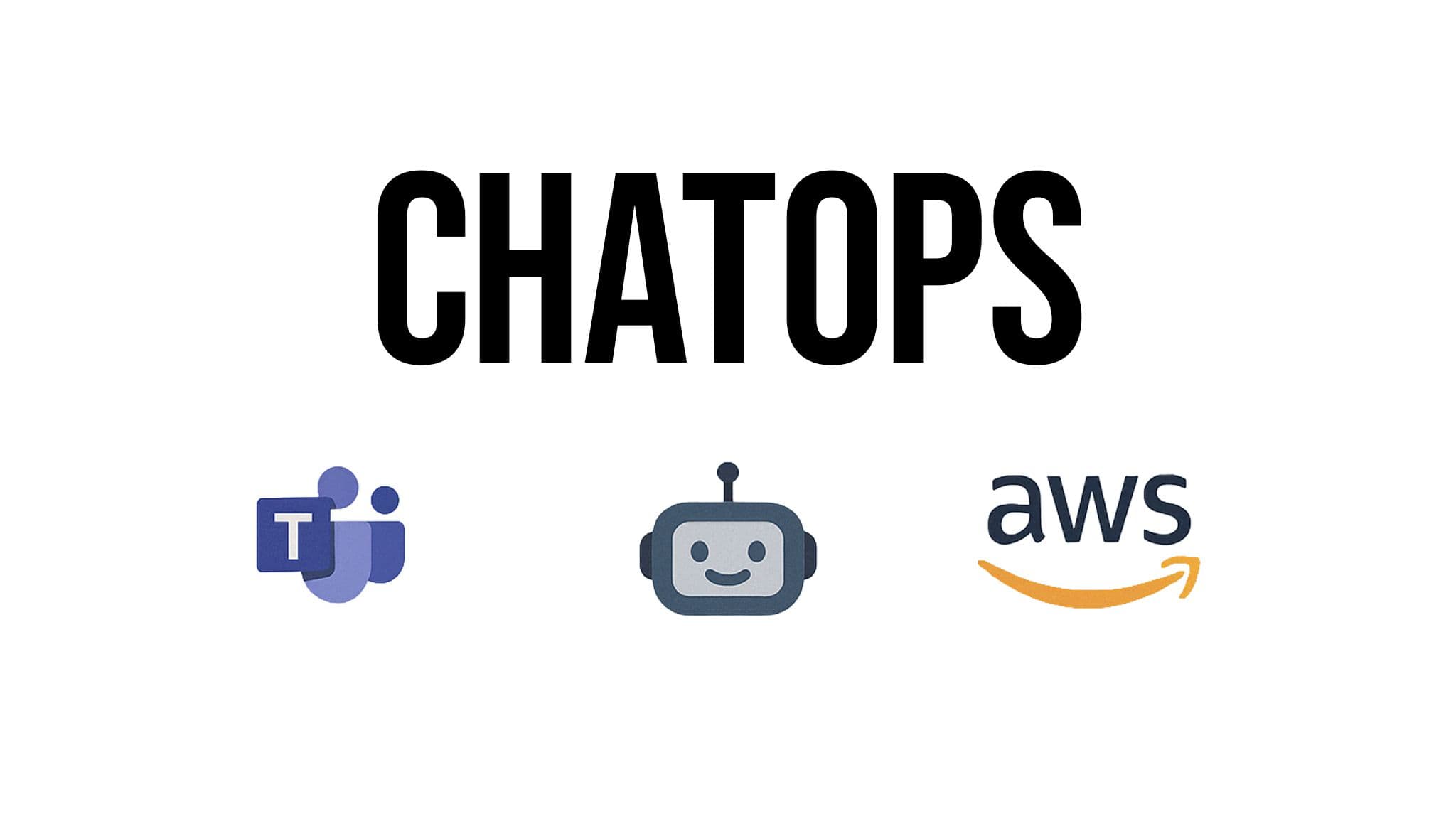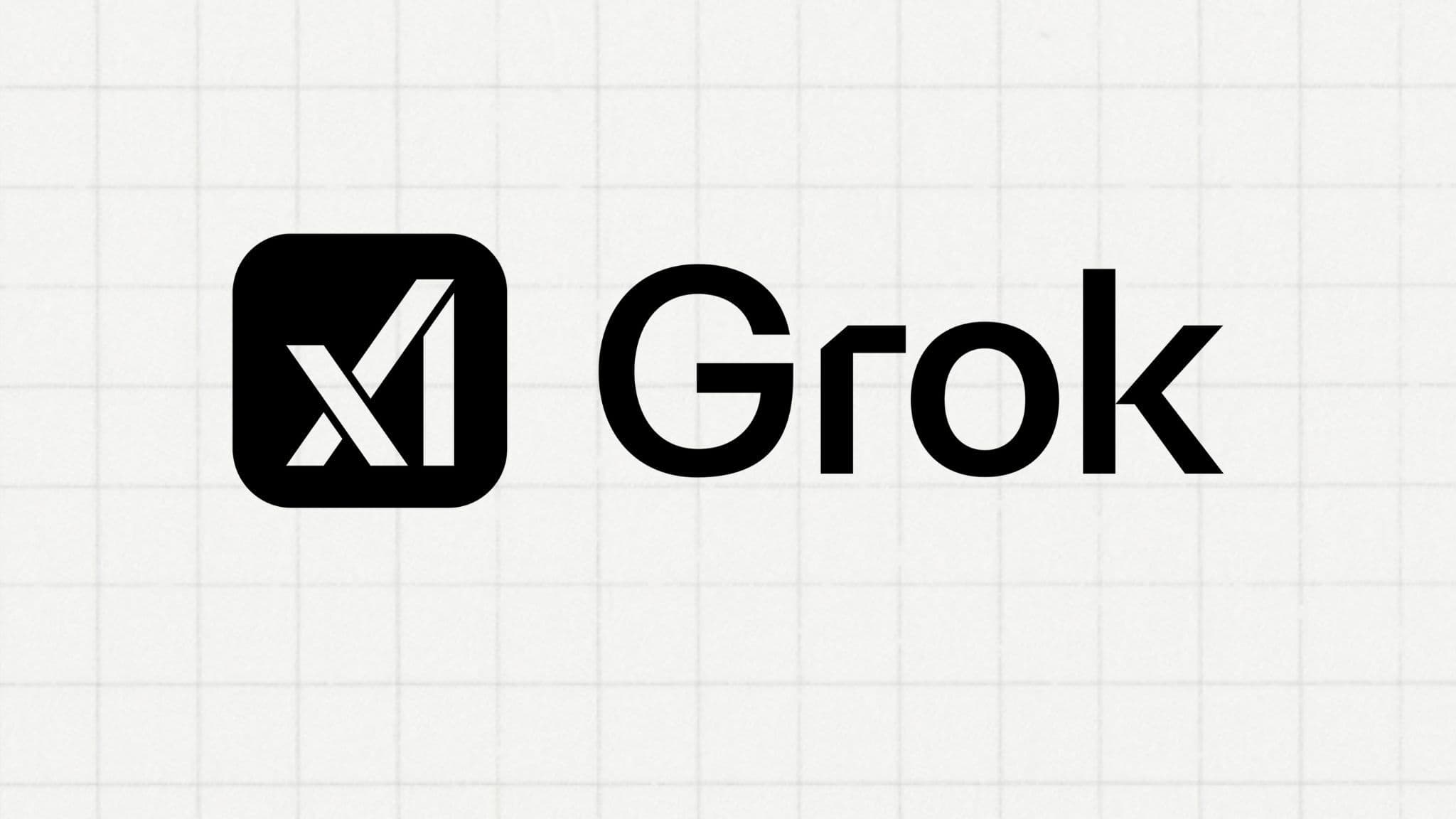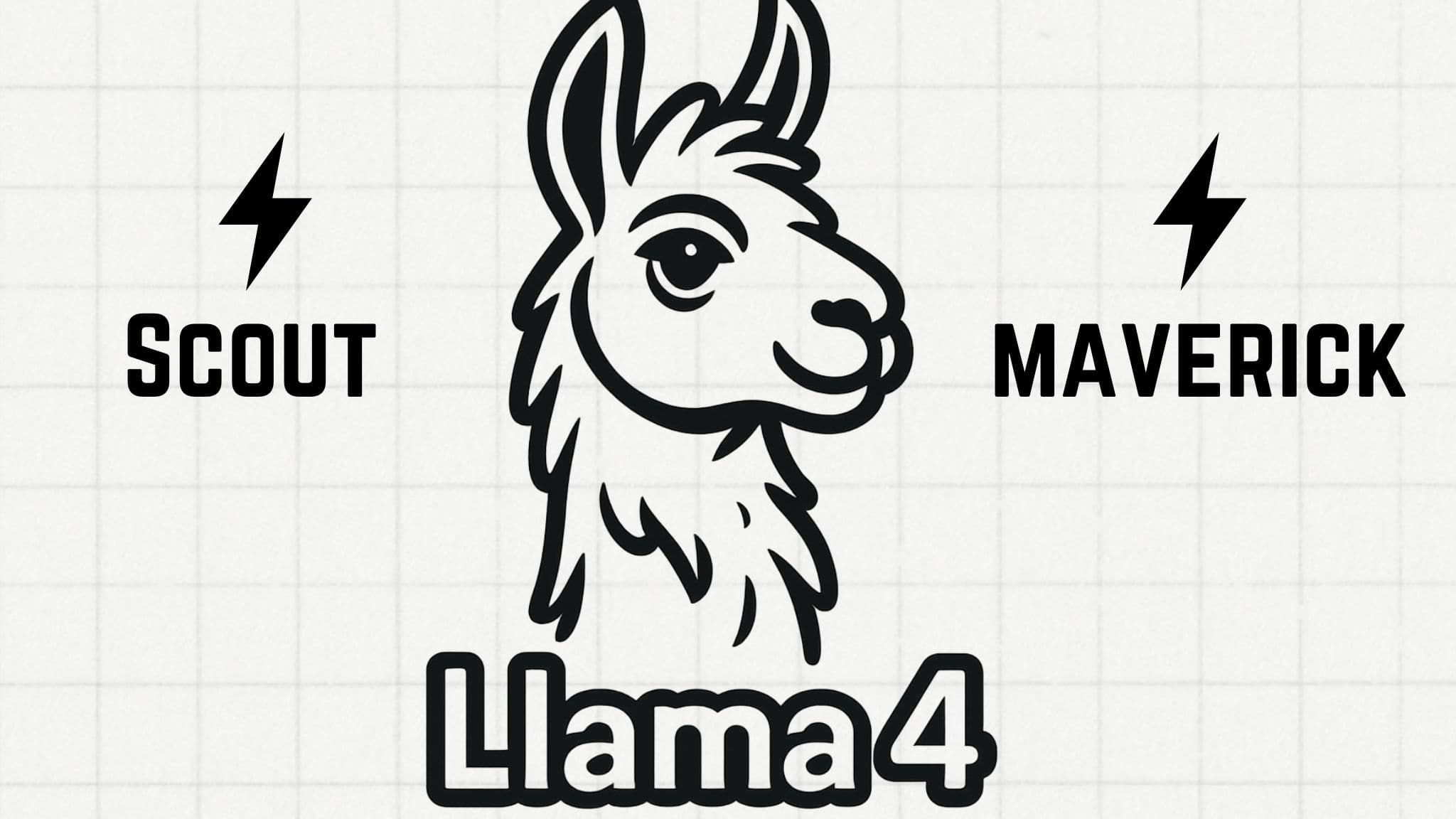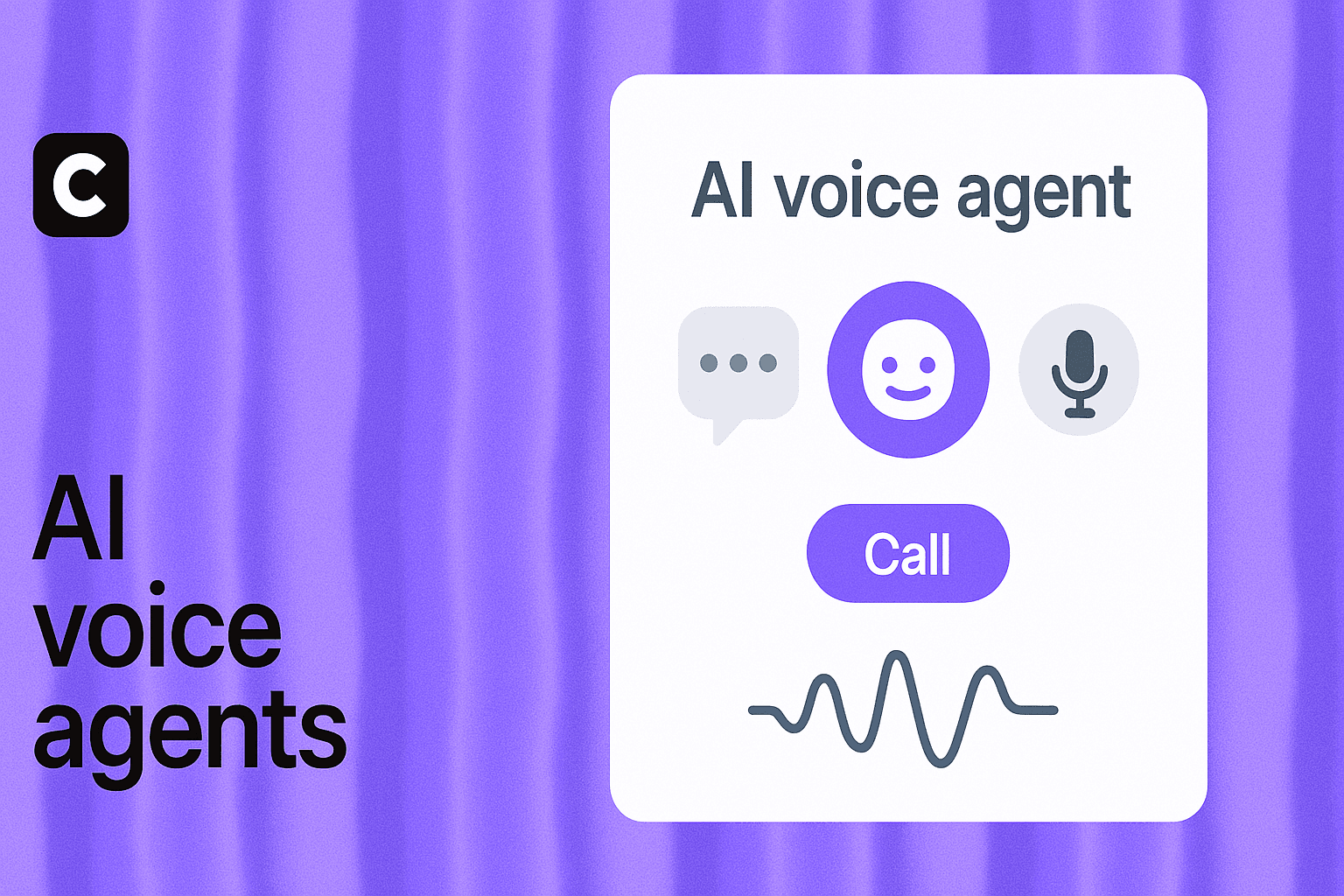Chatbots vs Conversational AI: What's the Difference?
Ilias Ism
May 14, 2024
10 min read

Since the launch of ChatGPT by OpenAI, businesses are increasingly turning to artificial intelligence (AI) to enhance customer engagement and streamline support.
Two prominent technologies in this space are chatbots and conversational AI.
While often used interchangeably, these terms refer to distinct approaches to human-machine interaction.
In this blog post, we'll dive into the key differences between chatbots and conversational AI, exploring their capabilities, limitations, and ideal use cases.
What are Chatbots?
![[object Object]](/_next/image?url=https%3A%2F%2Fcdn.sanity.io%2Fimages%2Fi6kpkyc7%2Fprod-dataset%2Fa0cbcdcd4087111ed38c360c3031f2f87ed4b8a3-760x574.png&w=3840&q=75&dpl=dpl_7tntgJB8iWm72dhiFLjd2bFj7E8m)
Chatbots are computer programs designed to simulate human-like conversations through text or voice interfaces.
They operate based on predefined rules, scripts, and decision trees to provide automated responses to user queries.
Chatbots can be rule-based or powered by basic machine learning algorithms or AI models.
Rule-based Chatbots
Rule-based chatbots follow a strict set of predefined rules to navigate conversations.
They rely on pattern matching and keyword recognition to understand user input and provide corresponding responses.
These chatbots are best suited for handling simple, repetitive queries with predictable user intents.
Here are some examples of rule-based chatbots:
- A customer support chatbot that helps users navigate a company's FAQ by matching user queries with predefined question-answer pairs.
- An e-commerce chatbot that guides users through the purchasing process by recognizing specific keywords and providing relevant product information or recommendations.
- A banking chatbot that assists users with basic tasks like checking account balances or transferring money by following a set of predefined rules based on user input.
- A restaurant chatbot that helps users place orders by matching their requests with the available menu items and following a strict ordering process.
- A weather chatbot that provides current weather information or forecasts based on user-specified locations by matching keywords and following a predefined conversational flow.
Machine Learning Chatbots
Machine learning chatbots leverage basic AI algorithms to improve their performance over time.
They can learn from past interactions and adapt their responses accordingly.
However, their learning capabilities are limited, and they still heavily rely on predefined scripts and decision trees.
Here are some examples of machine learning chatbots:
- A customer service chatbot that learns from past conversations to better understand and categorize user inquiries, allowing it to provide more accurate responses over time.
- A mental health chatbot that adapts its conversational style and suggestions based on user feedback and preferences, improving its ability to provide personalized support.
- An educational chatbot that learns from student interactions to identify common misconceptions and adjust its explanations and examples accordingly.
- A travel chatbot that refines its recommendations based on user feedback and preferences, learning to suggest more relevant destinations, accommodations, and activities.
- A personal finance chatbot that learns from user spending habits and financial goals to provide increasingly tailored advice and insights for money management.
What is Conversational AI?
![[object Object]](/_next/image?url=https%3A%2F%2Fcdn.sanity.io%2Fimages%2Fi6kpkyc7%2Fprod-dataset%2F16054b9b9ce70261e0bdb55464f217adc4f92d35-925x795.jpg&w=3840&q=75&dpl=dpl_7tntgJB8iWm72dhiFLjd2bFj7E8m)
Conversational AI, on the other hand, represents a more advanced form of human-machine interaction.
It combines natural language processing (NLP), machine learning, and contextual awareness to enable more dynamic, human-like conversations.
Conversational AI systems can understand the intent behind user queries, handle complex dialogues, and provide personalized responses.
Here are some key elements of conversational AI:
Natural Language Processing
NLP is a critical component of conversational AI. It enables the system to understand and interpret human language, including its nuances, context, and sentiment.
NLP techniques like tokenization, named entity recognition, and sentiment analysis allow conversational AI to extract meaningful information from user input and generate appropriate responses.
Machine Learning and Deep Learning
Conversational AI systems leverage advanced machine learning and deep learning algorithms to continuously improve their performance.
They can learn from vast amounts of data, identify patterns, and adapt to user preferences over time.
This enables them to provide more accurate and contextually relevant responses as they engage in more conversations.
Contextual Awareness
One of the key advantages of conversational AI is its ability to maintain context throughout the conversation.
It can remember previous interactions, understand the flow of the dialogue, and provide responses that are coherent and relevant to the ongoing discussion.
This contextual awareness allows for more natural and engaging conversations.
Key Differences between Chatbots and Conversational AI
Complexity: Chatbots are designed to handle simple, repetitive queries, while conversational AI can manage more complex and open-ended conversations.
Flexibility: Chatbots operate within predefined rules and scripts, limiting their flexibility. Conversational AI, on the other hand, can adapt to different conversation flows and handle unexpected user inputs.
Personalization: Chatbots provide generic responses based on keywords or predefined rules. Conversational AI can offer personalized responses by understanding user intent, preferences, and context.
Learning Capabilities: Chatbots have limited learning capabilities, relying primarily on updates to their scripts and rules. Conversational AI continuously learns and improves through interactions, leveraging machine learning and deep learning algorithms.
Natural Language Understanding: Chatbots have basic natural language processing capabilities, often limited to keyword matching. Conversational AI employs advanced NLP techniques to understand the nuances and context of human language.
Use Cases for Chatbots and Conversational AI
Chatbots
- Customer Support: Chatbots can handle simple, frequently asked questions, freeing up human agents to focus on more complex issues.
- Lead Generation: Chatbots can engage website visitors, collect basic information, and qualify leads before passing them on to sales teams.
- Appointment Scheduling: Chatbots can assist users in booking appointments, checking availability, and providing reminders.
Conversational AI
- Personalized Recommendations: Conversational AI can understand user preferences and provide tailored product or content recommendations.
- Customer Service: Conversational AI can handle complex customer inquiries, provide troubleshooting assistance, and escalate issues to human agents when necessary.
- Virtual Assistants: Conversational AI powers virtual assistants like Siri, Alexa, and Google Assistant, offering a wide range of services and information through natural language interactions.
- Healthcare: Conversational AI can assist patients with symptom assessment, provide medical information, and support remote monitoring and telemedicine.
The Future of Chatbots and Conversational AI
![[object Object]](/_next/image?url=https%3A%2F%2Fcdn.sanity.io%2Fimages%2Fi6kpkyc7%2Fprod-dataset%2F53b5a05f44a7ac84d999390a704431edd3d472ad-419x261.png&w=3840&q=75&dpl=dpl_7tntgJB8iWm72dhiFLjd2bFj7E8m)
As AI technologies continue to advance, the lines between chatbots and conversational AI are likely to blur.
Chatbots will become more sophisticated, incorporating more advanced NLP and machine learning capabilities.
Conversational AI will further improve its ability to understand and respond to human language, making interactions even more natural and human-like.
The future of these technologies lies in their seamless integration with various platforms and devices.
Chatbots and conversational AI will become ubiquitous, embedded in websites, mobile apps, smart home devices, and wearables.
They will play a crucial role in enhancing customer experiences, streamlining business processes, and enabling more efficient and personalized interactions.
Conclusion
While chatbots and conversational AI share the goal of facilitating human-machine communication, they differ in their capabilities, flexibility, and learning potential.
Chatbots are best suited for handling simple, repetitive tasks, while conversational AI excels in more complex, contextually aware interactions.
As businesses explore ways to leverage these technologies, it's essential to understand their distinctions and choose the approach that aligns with their specific needs and objectives.
If you're looking to harness the power of chatbots and conversational AI for your business, consider Chatbase - a comprehensive chatbot building platform.
Chatbase empowers businesses to create intelligent, engaging chatbots without the need for extensive technical expertise.
With its intuitive drag-and-drop interface, pre-built templates, and seamless integration capabilities, Chatbase simplifies the process of designing, deploying, and managing chatbots across various channels.
Whether you're aiming to enhance customer support, generate leads, or streamline processes, Chatbase provides the tools and flexibility to build chatbots that align with your business goals.
As AI continues to evolve, we can expect chatbots and conversational AI to become more sophisticated, blurring the lines between human and machine interactions.
By leveraging platforms like Chatbase, businesses can stay ahead of the curve and unlock new opportunities for customer engagement, support, and growth in the digital era.
Take the first step towards transforming your customer interactions with Chatbase. Sign up for a free trial today and experience the power of chatbots and conversational AI for your business.
Share this article:






